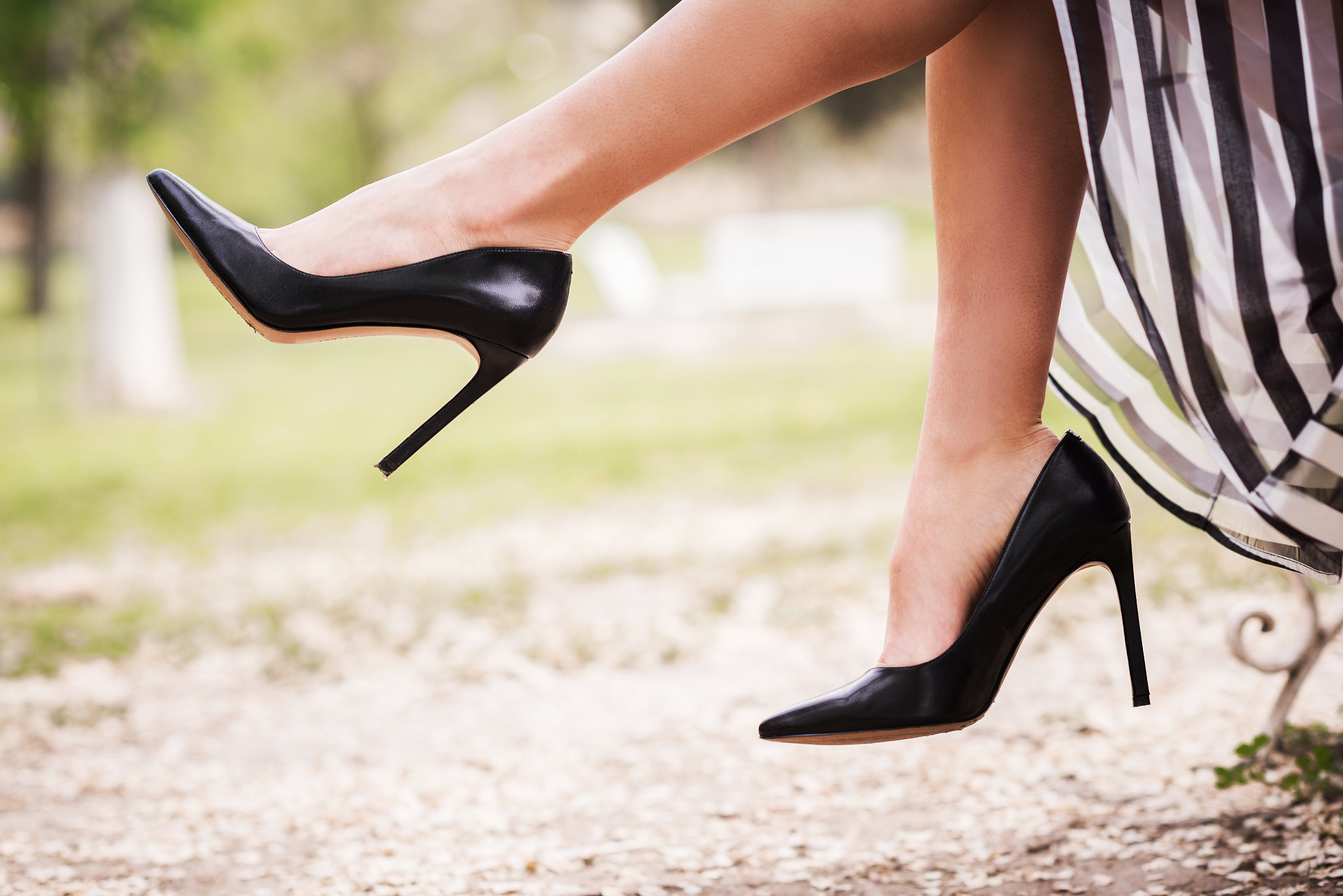Proper Fit
Selecting a shoe that fits properly is critical. Yet 95% of consumers don’t wear shoes that fit properly. The reason? Fewer than 10% of shoe salespeople have even basic training in foot anatomy or shoe sizing. Shoes that don’t fit can cause a variety of problems from blisters, corns, and calluses, to foot, leg and back pain. At Allison’s Comfort Shoes & Boots we properly train our fitting specialist on fit and how to recognize the best shoe for your feet.
10 Tips for Proper Fit
- Sizes. may vary among shoe brands and styles. Don’t select shoes by the size marked inside the shoes. Judge the shoe by how it fits on your foot.
- Select a shoe that conforms as nearly as possible to the shape of your foot.
- Have your feet measured regularly. The size of your feet changes as you grow older.
- Always have both of your feet measured. Most people have one foot larger than the other. Fit the largest foot.
- Fit at the end of the day when your feet are the largest.
- Stand during the fitting process and check that there is adequate space (3/8 to 1/2 inch) for your longest toe at the end of each shoe.
- Make sure the ball of your foot fits comfortably into the widest part of the shoe.
- Do not purchase shoes that feel too tight, expecting them to stretch to fit.
- Your heel should fit comfortably in the shoe with a minimum amount of slippage.
- Walk in the shoe to make sure it fits and feels right. Fashionable shoes can be comfortable.

Did You Know?
- According to the American Podiatric Medical Association, seventy-five percent of all Americans will develop a foot problem in their lifetime.
- Approximately 88% of American women wear shoes that are too small for them.
- The average American woman’s foot size is 8 wide, yet the best-selling shoe size is 7 1/2 medium.
- Women have 4x as many foot problems as men, due largely to their choices in footwear.
- Ill-fitting shoes are the main reason that women account for 90% of the “foot repair” surgery in the United States for common foot problems such as hammertoes, bunions, and neuromas. This surgery costs approximately $3.5 billion annually and results in 15 million lost workdays.
- Fewer than 10% of shoe salespeople have had even basic training in foot anatomy or shoe sizing.
A Perfect Fit
Once you have determined the type of shoe you need – try a variety of models and brands to find the perfect fit. Each shoe model and make will have a slightly different shape, contour, forefoot width, and heel width. The following list will guide you to a perfect fit.
Shoe shape – Foot shape varies, some feet are relatively straight and others have a bit of a “C” curve to them. Pull the insole out of the shoe you are trying on, stand on it to see if it matches the outline of your foot.
Forefoot width – Some people are more comfortable with a snug fit while others like a little room to wiggle the toes. This is a preference issue; research has shown that it does not affect the mechanics.
Length – When you are standing and laced up there should be a little finger’s width gap between the longest toe and the end of the shoe.
Heel cup – Heels vary in their width so you will need to try on different shoes to find the brand or model that cradles your heel snuggly.
